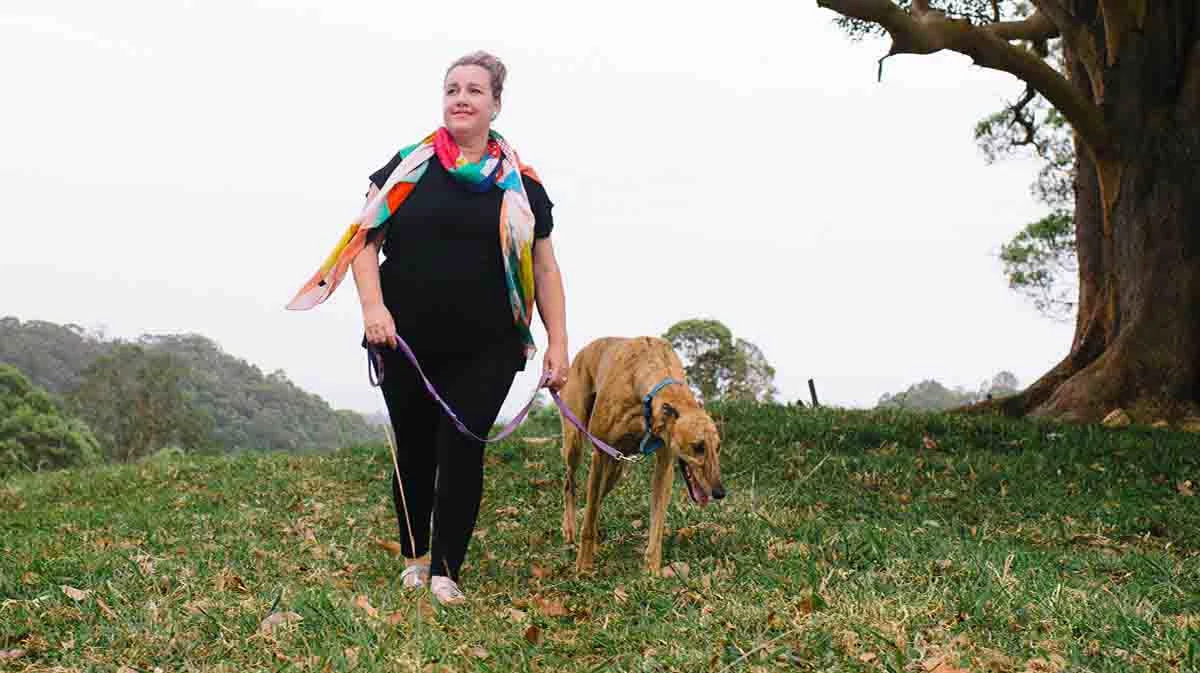Get more sleep
More sleep can improve your everyday life in a multitude of ways: making you mentally sharper, boosting your mood, and improving your physical health1. Yet many of us are not getting the sleep we feel we need, with a 2018 study suggesting 51% of adults worldwide do not get enough sleep2. If you think you fall into that category, aiming to get more sleep should be one of your primary health goals. Set a realistic target, even if that’s just 15 minutes of extra sleep a night. The benefit of setting achievable goals is that reaching them will motivate you to achieve further goals3, which you can then take on with even more confidence.
Many sleep experts recommend setting yourself a ‘bedtime alarm’ that reminds you to start getting ready for sleep4 at a suitable point before you actually want to go to sleep. Your bedtime alarm should trigger a set of behaviours that facilitate sleep: limiting screen time and switching to more relaxing activities such as reading, washing, or cleaning your teeth.
For more ways to help you achieve your sleep goals, check out the Body&Mind app from Cigna
Make time for yourself
‘Me time’ can feel like an alien concept for many people but it plays a very important part in maintaining a healthy mind. Doing an activity you enjoy can switch your mind off from its regular stresses and strains, making you happier and physically more relaxed5 - and in a positive place to handle whatever daily life throws at you. However, if you don’t have a regular outlet for yourself, just finding the time for one can seem daunting. A good tactic is to start small and remember that what you do with your me-time is more important than how long you do it for. If your heart’s desire is to learn a foreign language but you feel you can only afford 15 minutes a day for yourself, don’t be put off. All you need to do is book the time into your own diary, and stick to it6.
Try using the ‘Find time’ action plan in the Body&Mind app to help you create extra space in your day.
Maintain (or develop) your social life
Close social contact has been described by psychologist Susan Pinker as releasing a ‘cascade of neurotransmitters’ which help to reduce our stress and anxiety7
In 2020 and into 2021, social distancing measures across the world continue to have a drastic impact on our ability to socialise. This has been compounded by an absence of physical touch from friends and family, denying us the stress-busting hormone oxytocin, which is released when we shake hands, hug, or high five each other8. Whilst video calling has helped simulate face-to-face communication it doesn’t provide the full social experience our brains have evolved to enjoy. One way of enhancing the virtual social experience is to participate in a shared activity such as online classes or seminars, watching a film at the same time, or following the same exercise plan. These can be great ways of sharing an experience with a friend or relative – with exercise providing the added bonus of releasing endorphins, relaxing you both and fostering optimism9 – all the ingredients for a good social experience.

Separate work from home life
As long ago as 2011, the car manufacturer Volkswagen decided it would stop pushing emails to staff on their mobile phones after working hours10. The move was greatly welcomed at the time and was an early example of companies recognising the potential negative side of an ‘always on’ corporate culture. But with so many people now forced to work from home – and with fewer leisure distractions available – the potential for people’s work-life boundaries to blur has arisen in a many more industries. If you find yourself working way beyond your contracted hours you should consider addressing this as soon as possible to prevent it from developing into a negative habit11, and before other colleagues, managers or clients start expecting you to be ‘always on’. Equally, if you are a manager running a team, it’s important to frequently assess the workload of your staff to ensure no one individual is burning themselves out. This will contribute towards a happy and motivated team in the long run.
Check out the Body&Mind app for more tips on how to thrive at work.

Maximise physical activity
Some weeks it’s hard to hit your exercise goals. But various habits and tactics can be adopted to help you reach the base level we should all aim for of 150 minutes of moderate aerobic activity, or 75 minutes of vigorous aerobic activity, every week12. This is much easier to achieve when you can monitor how you are doing every day via an activity tracker. These devices, often worn on your wrist, have been shown to motivate people to do more exercise, a recent British Journal of Sports Medicine report says that people who use a tracker walk almost a mile a day more than those who don’t use one13. And trackers aren’t limited to monitoring your walking, some devices have the ability to track other activities such as swimming and cycling - all of which can be integrated into one place via the Body&Mind app.
As exercise becomes a greater part of your daily routine, remember to mix up your habits to bring variety to your routine as this can raise your enjoyment levels whilst working your body in a slightly different way, increasing the physiological benefits of exercise14.
Eat more healthily
The first step towards eating more healthily is recording what you eat currently. Keeping a food journal for a week and logging everything that you consume will reveal your true eating habits. Try to note when you eat and how you felt at the point of eating: were you hungry, stressed, or bored? Spotting the negative eating habits in your food journal should be relatively straight forward. But don’t worry about correcting them all at once. To begin with just pick a few you think you can realistically change. Remember that meeting goals will motivate you to set and achieve more goals15 and that acquiring new habits can take time. A 2009 study showed that on average people took 66 days to acquire a new habit – although it can take up to 254 days16. Once you’ve identified the negative eating habit you want to change, try and establish what its trigger is.
For example, it might be that you buy and eat a bag of sweets every time you pay for your groceries in-store. Therefore reducing your trips to the supermarket, or avoiding the checkouts that promote unhealthy foods, can play an important part in cutting down on sugary snacks.
As you make progress, try and maintain your food journal as this will allow you to track and measure your progress over time, which in turn keeps you focused and motivated.
For more content on eating healthily, visit the Body&Mind app
Sources:
1 Web MD – ‘Surprising reasons to get more sleep’
2 Travel Agent Central – ‘51% Of Adults Worldwide Don’t Get Enough Sleep’
3 Positive Psychology – ‘What is Goal Setting and How to Do it Well’
4 Well and Good – ‘Sleep Experts Want You to Use a Bedtime Alarm—Here’s Why’
5 Web MD – ‘How to Claim Some ‘Me Time’’
6 Web MD – ‘How to Claim Some ‘Me Time’’
7 Medical News Today – ‘What are the health benefits of being social?’
8 Psych Central – ‘About Oxytocin’
9 Harvard Health Publishing – ‘Exercising to relax’
10 BBC – ‘Volkswagen turns off Blackberry email after work hours’
11 Small Business Chron – ‘What Are the Benefits of Boundaries in the Workplace?’
12 Mayo Clinic – ‘Exercise: 7 benefits of regular physical activity’
13 The Times – ‘Fitness trackers help boost physical activity’
14 Shape – ‘Is It Bad to Do the Same Workout Every Day?’
15 Positive Psychology – ‘What is Goal Setting and How to Do it Well’
16 European Journal of Social Psychology – ‘How are habits formed: Modelling habit formation in the real world’


